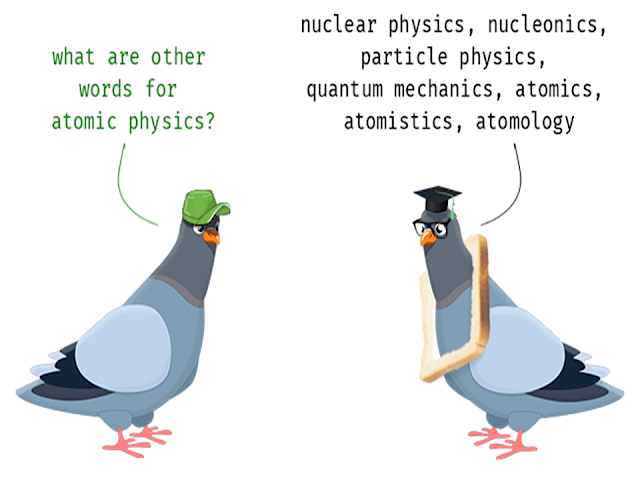A. ATOMIC PHYSICS
1. Atomic Spectrum:
Good quantum numbers, and selection rules. Stern-Gerlach
experiment and spin as an intrinsic quantum number. Incompatibility of spin
with classical ideas. Bohr-Sommerfeld model. Fine structure. Study of fine
structure by Michelson interferometer.
2. Vector model of atom:
Magnetic moment of the electron, Lande g
factor. Vector model – space quantization. Zeeman effect. Explanation from
vector atom model.
3. Bohr’s hydrogen atom
Theory of hydrogen atom, expression of radii of
electrons, expression of energies and hydrogen atom spectrum. Effect of nuclear
motion on atomic spectra, reduced mass, modified Rydberg constant and wave
number, Evidences in favour of Bohr’ s theory, correspondence principle, fine
structure of special lines and Sommerfield’s relativistic atom model.
4.
Uncertainity principle
Uncertainity principle - Its deduction and
application to simple problems, viz, Non-existence of electron within nucleus,
Ground state energy of Hydrogen atom, Radius of Bohr orbit.
5. Molecular spectroscopy
Diatomic molecules – rotational and
vibrational energy levels. Basic ideas about molecular spectra. Raman effect
and its application to molecular spectroscopy (qualitative discussion only).
B. QUANTUM MECHANICS
1. Old quantum theory
Planck's formula of black-body
radiation. Photoelectric effect. Quantization of energy levels.
2. Basic quantum mechanics
de Broglie hypothesis. Electron
double-slit experiment. Compton effect, Davisson-Germer experiment, Heisenberg’s
uncertainty principle (statement) with illustrations. Concept of wave function
as describing the dynamical state of a single particle. Group and phase
velocities, classical velocity of a particle and the group velocity of the wave
representing the particle. Principle of superposition. Schrödinger
equation. Probabilistic interpretation; equation of continuity, probability
current density. Boundary conditions on the wave function.
3. Basic postulates of
quantum mechanics
Dynamical variables as linear hermitian
operators and eigenvalue equations, Momentum, energy and angular momentum
operators. Measurement of observables, expectation values. Commutation
relations between operators. Compatible observables and simultaneous
measurements, Ehrenfest theorem.


إرسال تعليق